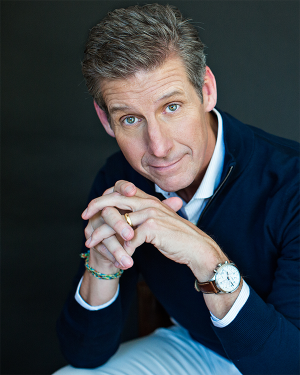The skinny on Motorola’s success
Share Now on:
The skinny on Motorola’s success
KAI RYSSDAL: Remember Q? From the Bond movies? The scientist who could always pull out some kind of exotic gadget that would save Bond’s British pride. Motorola definitely remembers. Their new combination cellphone, e-mail plaform, camera and MP3 device is called the Q. It’s super-thin. Very high-tech. And it’s part of Motorola’s drive to get its mojo back. The company’s rebound began with another super-thin phone — the RAZR.
Fortune Magazine writer Adam Lashinsky got the skinny on its backstory.
LASHINSKY: It was a sad state of affairs. This once-great American technology company had slipped to number two market share in cellphones to Nokia. Camera phones were all the rage. Around the world, Motorola couldn’t produce enough of them so it kinda missed the holiday shopping season. Things weren’t going Motorola’s way, suffice it to say.
RYSSDAL: Were they trying to make a big hit with this phone, or did they just want to sort of get back into the game, I guess.
LASHINSKY: They very much wanted a signature product, a marquee product that everybody would talk about. So when they sat down to design the RAZR, it had a very humble beginning as a boutique phone that would make people go Wow. It was not intended as a mass-market phone. And the proof of that is that the price, originally, was around $500. And so nobody ever plans to make the company on a phone that’s that expensive.
RYSSDAL: When you were talking to the engineers and the industrial designers who made this phone, were they happy that the pressure was kind of off. I mean, was it liberating that it didn’t have to be the money maker?
LASHINSKY: Yeah, it was liberating for them in a number of ways. They weren’t required to follow all the rules that they typically would have for any other phone. So, for example, they didn’t do market research on this telephone. They didn’t go out and ask either consumers or the wireless network operators what kind of phone they wanted. The designers just designed the kind of phone that they wanted. Even more interestingly to me, they didn’t bother asking their colleagues within Motorola what kind of phone they wanted to sell to their customers. They were concerned that the more opinions that they solicted throughout the company — and it’s a big company — the more input they would get and the more it would gum up the system and the more compromises they would have to make.
RYSSDAL: And that rule-breaking went for everything on this phone, from design to how they brought it to market. How did they bring this thing out and show it to the public?
LASHINSKY: The typical way that a cell-phone company releases a phone is at one of the major worldwide cellular telephone conferences. That’s where all the wireless network operators come to look at the new phones. It’s a shopping expedition for those companies. Ed Zander was the new CEO of Motorola in the middle of 2003 and he said, “No, this is such a special phone, we don’t want to do that. Let’s have a special party just for the phone.” The point is, it was a Motorola meeting, it wasn’t a meeting designed around some trade show or some network operator. They were saying, “We think we’ve got something really special here. You come see it.”
RYSSDAL: Well, how has it done for Motorola?
LASHINSKY: This month they’ll sell their 50-millionth phone. And, they say they’ll sell more RAZRs this year than Apple will iPods.
RYSSDAL: Really? More than iPod?
LASHINSKY: More this year, that’s right.
RYSSDAL: Adam Lashinsky from Fortune magazine . . . Thanks, Adam.
LASHINSKY: Thank you, Kai.
There’s a lot happening in the world. Through it all, Marketplace is here for you.
You rely on Marketplace to break down the world’s events and tell you how it affects you in a fact-based, approachable way. We rely on your financial support to keep making that possible.
Your donation today powers the independent journalism that you rely on. For just $5/month, you can help sustain Marketplace so we can keep reporting on the things that matter to you.












